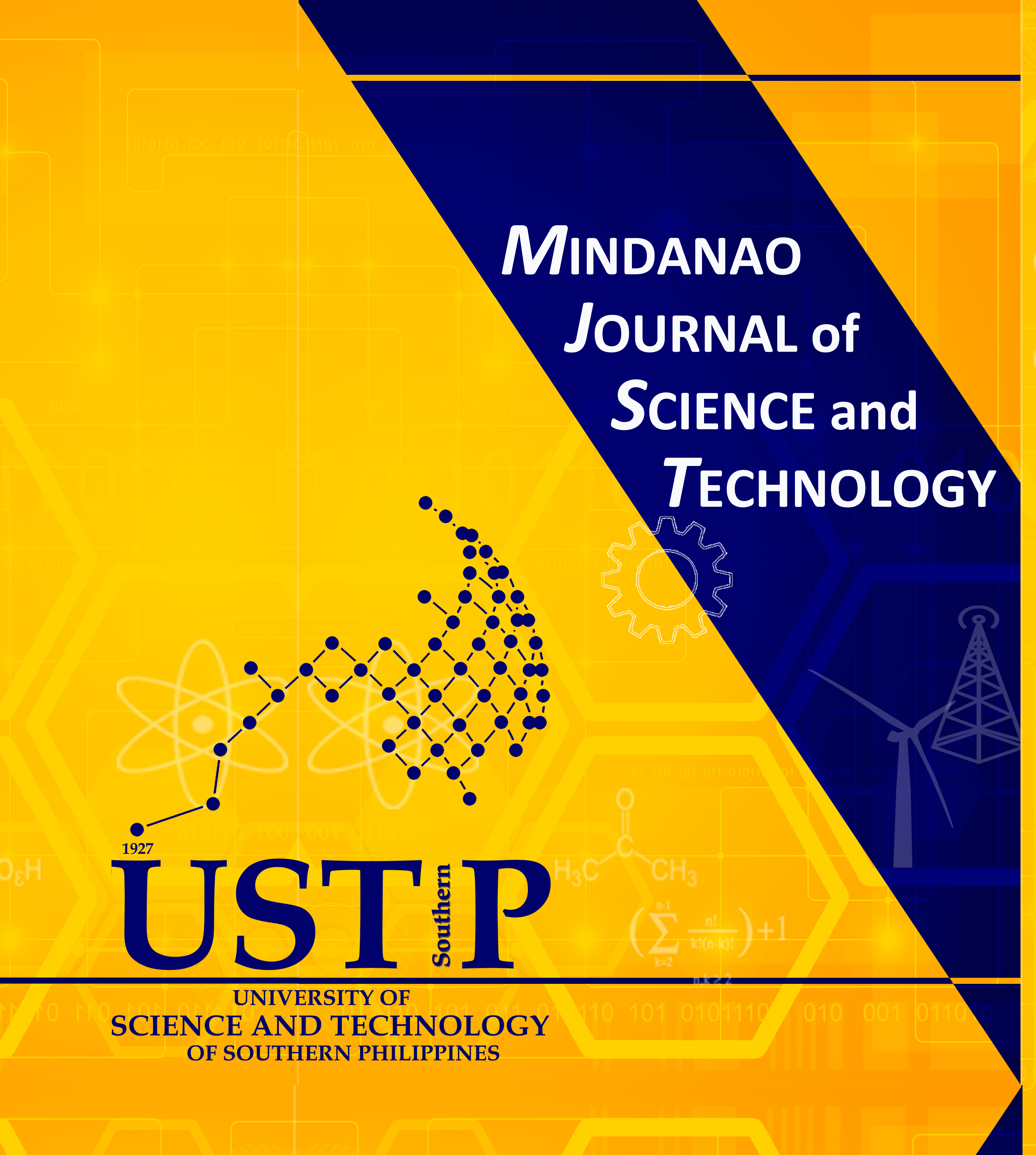Germin-like Protein 9-3, a Potential Allergen from a Rice Variety derived from Radiation-Mutation Breeding: An In Silico Study
Keywords:
food allergens, radiation mutation breeding, unintended effects, food safety, transcriptomeAbstract
New varieties of crops with a history of safe and widespread use derived from radiation-mutation breeding are generally regarded to be unlikely to produce food safety concerns compared with genetically modified (GM) crops. However, more recent molecular analysis revealed that there might be a greater likelihood that the former may bring about more unintended effects than genetic modification by foreign gene introduction. Thus, in this paper, an allergenicity prediction analysis was carried out on the microarray data of a stable rice mutant derived from γ irradiation-mutation breeding. For the first time, it was revealed that germin-like protein (GLP) 9-3, the transcript with the most significant fold increase in expression in a transcriptome data analyzed, may be a potential allergen in radiation-mutant rice. An immunoinformatic analysis of GLP 9-3 disclosed several linear and conformational (discontinuous) B-cell epitopes and MHCII-binders. These epitopes were located primarily on the random coil and surface-exposed regions based on inspection of the protein’s secondary structures. Additionally, the GLP 9-3 epitopes were predicted to be reactive in more than 50% of the population in top rice-producing and -consuming countries based on human leukocyte antigen (HLA) haplotypes. Since this is the first report on the up-regulation of GLP 9-3 allergen in mutant rice, it is recommended to investigate this molecule for further biochemical and clinical analyses.










